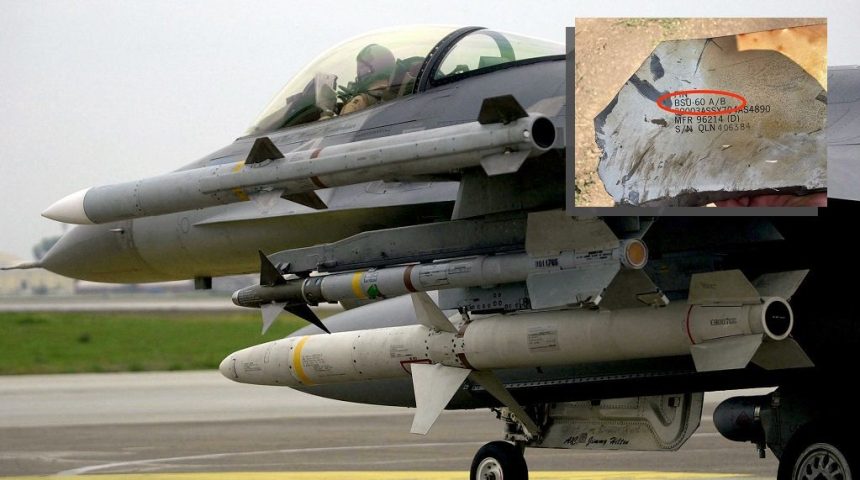The photos emerged online appear to show the debris of an exploded AGM-88 near a Russian SAM site.
Russian Telegram channels are posting online photos which reportedly show the debris left by an AGM-88 High-speed Anti-Radiation Missile after it struck a Russian Surface to Air Missile site in Ukraine. The first photo shows the debris in a field, with the bent sheet metal and two of the forward fins scattered on the ground, while the second photo shows one of the rear fins with the stenciled codes clearly readable.
The photos do not allow to obtain much useful info. For instance, it is not possible to geolocate the photos as the surrounding terrain is not visible, thus there are no elements to understand if the photo was really captured in Ukraine. Also, it isn’t possible to verify if the tail fin with the serials was found with the scraps in the other photo. These elements can leave open a window for the possibility of a false flag operation, with Russia trying to fabricate evidence of a NATO involvement in the fighting.
Russian channels have posted images of what appear to be the remains of an AGM-88 HARM antiradiation missile. A fragment of the HARM’s BSU-60A/B stabilization fin can be seen in the wreckage.
The missile was reportedly fired at a Russian position. pic.twitter.com/GCNA55CJdj
— OSINTtechnical (@Osinttechnical) August 7, 2022
This is linked to the other big question mark which emerges from the photos: where does this missile come from? NATO aircraft are not flying into Ukrainian airspace and the only aircraft that gets close to its borders, like the one involved in the Air Policing and Air Shielding missions, are flying Combat Air Patrols with air-to-air missiles only.
Three NATO aircraft types are capable of employing the AGM-88 in Europe: the Tornado ECR, the F-16CM Block 50 and the F/A-18-EA-18G. The Tornado is not taking part in any CAP mission, as their specialization is the air-to-ground role. The F-16CM-50 from Spangdahlem, Germany, are the only US Wild Weasel unit forward-based in Europe and flew their CAPs with a full load of six air-to-air missiles, which does not leave space for AGM-88s. The F/A-18s and the EA-18Gs are also only flying with air-to-air missiles.
It is being reported that the Ukrainian Ministry of Defence Oleksiy Reznikov is being quoted saying to the press that unspecified anti-radiation missiles are being delivered to Ukraine: “We will get special anti-radar missiles that we did not have before. This will allow you and I to effectively destroy their radar system, essentially blinding the enemy, which will give us the opportunity to gain an advantage for a counteroffensive.”
Many are suggesting that maybe these missiles have been integrated on upgraded Ukrainian fighter jets. However, even if many MiG-29s in Europe have been upgraded to be compatible with NATO standards, this doesn’t mean that the aircraft are ready to use the AGM-88 HARM. Integrating the missile on the MiG-29 doesn’t simply mean strapping a LAU-118A launcher and the AGM-88 missile to the MiG’s pylons, there is a lot more work that needs to be done to integrate them in the avionics and electrical systems.
Another possibility could be a ground-based launcher for the AGM-88, of which a concept was presented by Northrop Grumman few years ago. However, such containerized system did not go past the concept phase. Thus, the way the missile was eventually employed in Ukraine remains unknown.









